Today, Nov. 3rd, is my first Sunday visit ever to the Ridgefield NWR. So much was going on at home this week I wasn’t able to get here on a weekday. I usually avoid weekends since there are usually more cars here. Today was a pretty busy day and the cloudy, showery weather did not seem to scare many away. I arrived a little before 8 a.m. and stayed until the gates closed at 6 p.m. Today is the last day of daylight saving time for this year.
Today I’m shooting at all my available focal lengths, 500mm, 700mm, and 1000mm (but mostly 1000mm). I can tell I’m becoming used to these longer lengths as I seem to be getting more in focus choices to pick from. But I still have a lot of room for improvement and that’s why I’m here today (besides for the fun of it!). The images below vary in their quality as I am still trying to ascertain the limits to which I can stretch this lens and the tele-converter combinations available. A lower quality shot will be the result when I shoot from distances that I never would have even tried with the 400mm lens. Blog posts such as this contain my best shots but they also include shots that are of lesser quality to either document a wildlife behavior or to bring you pictures that represent my day out shooting.
Let’s get started with today’s images! [Please click once on the thumbnails to see larger views of all these images.]
Here are a couple of Harrier flight shots from at least 200 feet away–these are examples of shots that do not meet my Gallery standards. But I was surprised to even get the focus I did at this range. Canon 5D Mark III, 1/1250, f8, ISO 1600, 1000mm. (10:23 a.m.)
Canon 5D Mark III, 1/1250, f8, ISO 1600, 1000mm. (10:24 a.m.)
As I approached the end of the first or second loop, I noticed two Black-tailed Deer, a buck and a doe, laying way out in the field. My distance estimate using Google Earth is 500+ feet. Canon 5D Mark III, 1/1250, f8, ISO 1600, 1000mm. (10:27 a.m.)
This shot of a Red-tailed Hawk was at close range–about 15-20 feet. Its nictitating membrane is partially deployed. Canon 5D Mark III, 1/1250, f8, ISO 1600, 1000mm. (10:42 a.m.)
Great Egrets are all over the place at the refuge this year, sometimes in groups of 30-40. I was rounding the corner at marker #11 and 4 or 5 birds landed on this low height, multi-point snag. All but one bird quickly flew away so I took some shots of the one that remained. This perch was about 135 feet away and the light was coming from about the 10 o’clock position. A gust of wind came from the left in this first shot which made it appear that the bird was wearing a bonnet. Canon 5D Mark III, 1/1600, f8, ISO 1000, 1000mm. (11:37 a.m.)
Canon 5D Mark III, 1/1600, f8, ISO 1000, 1000mm. (11:38 a.m.)
Here’s a back end shot of the bird ruffling its feathers. Canon 5D Mark III, 1/1600, f8, ISO 1000, 1000mm. (11:39 a.m.)
An American Wigeon was hanging out at south Rest Lake. Canon 5D Mark III, 1/1250, f8, ISO 1250, 1000mm. (11:43 a.m.)
Here are another couple of “test” shots with the subject being a male Belted Kingfisher. The bird landed at the top of a 4-foot high snag (protruding out of the water) 150-200 feet from the road at marker #2. Just for the heck of it I took some shots at this ridiculous distance. ISO is set at 2500 here although I could have lowered this setting if I had been willing to give up shutter speed (SS). During post-processing it was a challenge balancing between reducing noise and retaining detail, especially in such a heavily cropped image. I might have gotten better images if I had tried a slower SS and hadn’t had the extra noise to deal with. Weighing the benefits between SS and ISO settings is just one of the important issues we all deal with in wildlife photography. Canon 5D Mark III, 1/1250, f8, ISO 2500, 1000mm. (12:06 p.m.)
This second shot looks a little less soft to me than the first shot and it may well be because I didn’t crop this shot so tight. While neither shot attains a high standard of technical quality, I’m still blown away at how well the 1000mm set up could ‘record’ this small bird from around 200 feet. Canon 5D Mark III, 1/1250, f8, ISO 2500, 1000mm. (12:07 p.m.)
Here’s another crazy out of range test shot of a hovering American Kestrel, but this was taken with the bare 500mm. Canon 5D Mark III, 1/1250, f4, ISO 2500, 500mm. (12:06 p.m.)
I spotted what appeared to be one of our two nesting eagles in the tall tree along the home stretch to the main parking lot. This tree is located several hundred feet south of the nest tree and Google Earth calculates the distance from the road (for the tall tree) to be around 300 feet (I originally reported this to be 500 feet, in error, as I measured to the wrong tree–sorry). Here’s a shot from that distance. Canon 5D Mark III, 1/1250, f9, ISO 1600, 1000mm. (1:02 p.m.)
I believe this Sandhill Crane was foraging near the Ducks Unlimited sign when I took these two shots. Canon 5D Mark III, 1/1250, f8, ISO 2500, 1000mm. (1:29 p.m.)
Here’s a raccoon shot from across the water in the Ash tree forest. Canon 5D Mark III, 1/1250, f8, ISO 2500, 1000mm. (1:39 p.m.)
And another look at our friendly American Wigeon, this time taken at 500mm. Canon 5D Mark III, 1/1000, f8, ISO 1600, 500mm. (1:47 p.m.)
I recall it being dark and rainy for these next Great Egret shots. I also made a big mistake on the first shot by underexposing it by at least a stop, requiring a boost of exposure–and noise–in post processing. While its quality is lacking the subject matter almost makes up for it. I can’t help but feel sorry for that little vole.
I recall having to quickly grab the camera and make this shot and didn’t have time to adjust settings, which is why I’m unnecessarily shooting at f8 when I should have been shooting at f4. Canon 5D Mark III, 1/1000, f8, ISO 1250, 500mm. (2:44 p.m.)
By the time I took this portrait, I had adjusted my aperture to f4, correcting the in-camera exposure and resulting in less noise. Canon 5D Mark III, 1/1000, f4, ISO 1600, 500mm. (2:48 p.m.)
As I approached marker #10, which is the end of the Ash tree forest, I spotted this awesome Great Horned Owl probably about 80 feet to my left and perched only 10 feet off the ground. Light was becoming less available especially here in the forest. Since this bird was likely to sit pretty still, I slowed the SS to 1/320 to keep from having to boost ISO any more than 2500. Canon 5D Mark III, 1/320, f8, ISO 2500, 1000mm. (12:06 p.m.)
Here’s the same shot using the 500mm focal length for comparison. I’m thinking I like the quality of the above 1000mm shot better than this 500mm shot. Getting more pixels on the owl more than made up for any loss in quality due to using the 2x converter. Canon 5D Mark III, 1/1250, f4, ISO 2500, 500mm. (3:33 p.m.)
Here’s short video of the owl showing what my viewfinder saw at 1000mm. Best viewed at 1080p resolution and full screen.
This is another shot of the nesting Bald Eagle shown above from 300 feet (I originally reported this to be 500 feet, in error, as I measured to the wrong tree–sorry). Canon 5D Mark III, 1/800, f8, ISO 1600, 1000mm. (4:10 p.m.)
And now for another test shot. This kingfisher flew in at the same location as the above kingfisher and started hovering about 200 feet from me. Canon 5D Mark III, 1/640, f8, ISO 1600, 1000mm. (4:24 p.m.)
And for a shot at 700mm, here’s a Black-capped Chickadee. Canon 5D Mark III, 1/1000, f8, ISO 2500, 700mm. (4:31 p.m.)
While it’s fun experimenting with the new lens, I am reminded that one of the best ways to get a really sharp wildlife image is to be close to the subject, thereby getting more pixels on the subject. This is the case no matter what lens one uses. With my type of shooting where I am usually confined to a vehicle, getting close is largely just chance, or luck, as some would say. No matter, it’s a whole lot of fun trying to meet the challenge of getting that one special shot, for which we all strive.
I’ll be back soon with my next day’s pictures from Nov. 4, when it was really cloudy and rainy. Get ready for some high ISO challenges!

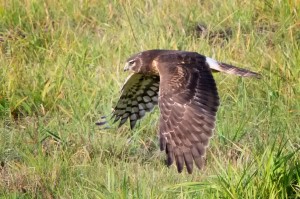

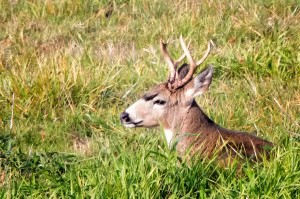
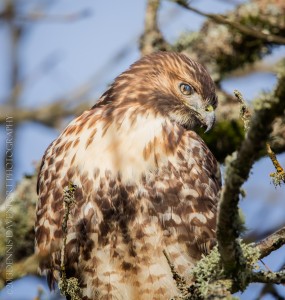

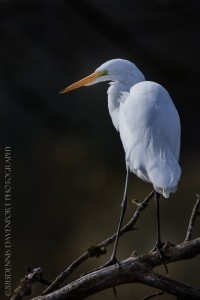
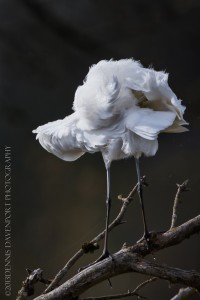
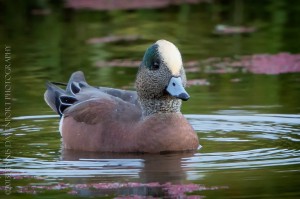


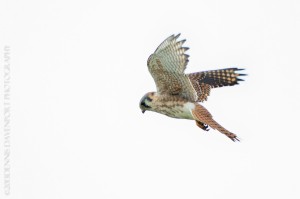
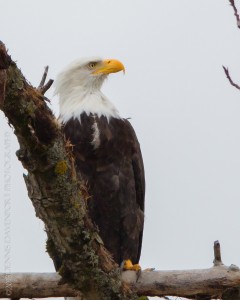

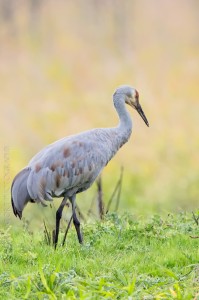
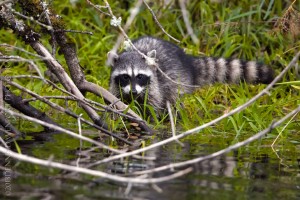
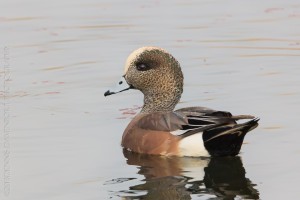
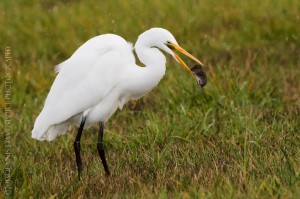
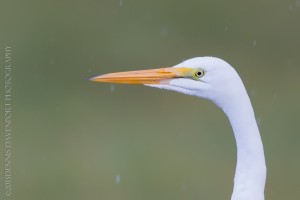

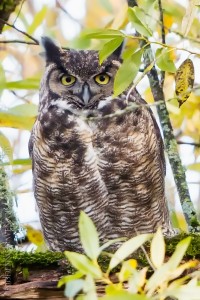

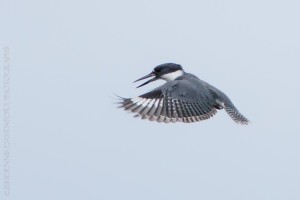

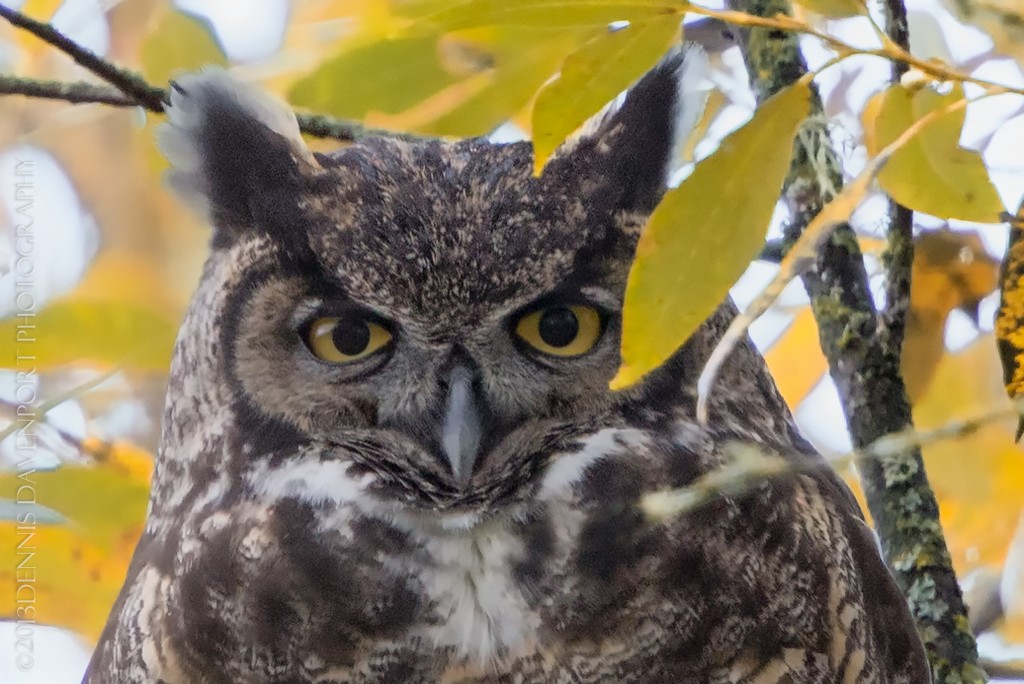
Dennis,
Great day of shooting! Sundays have always worked good for me. Keep up the good work.
George
Thanks, George! Appreciate your comment and taking the time to check out the shots!